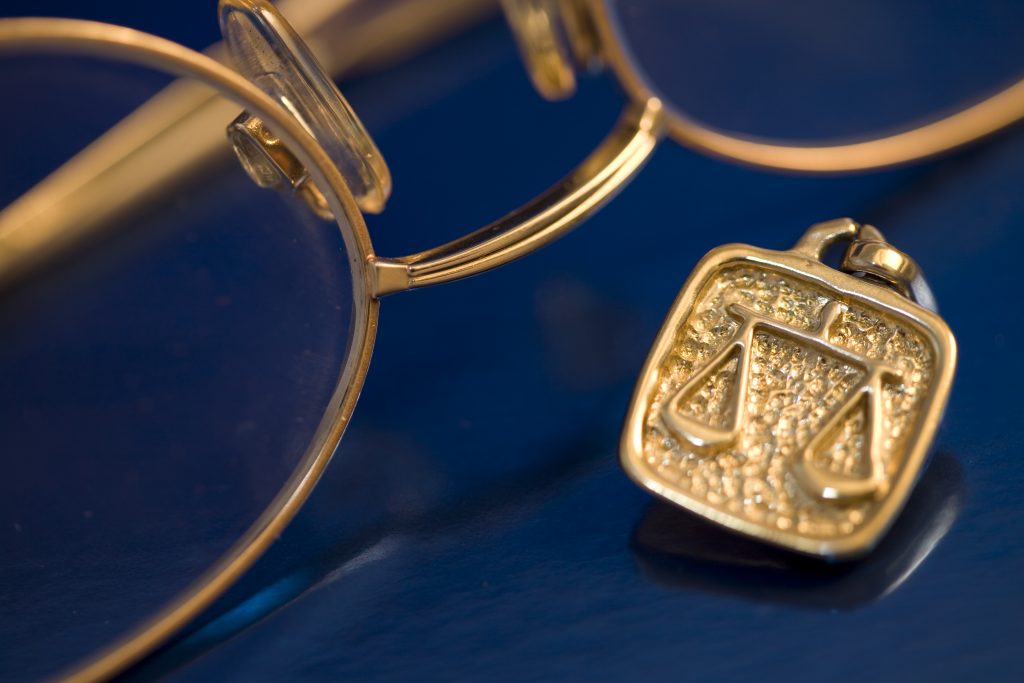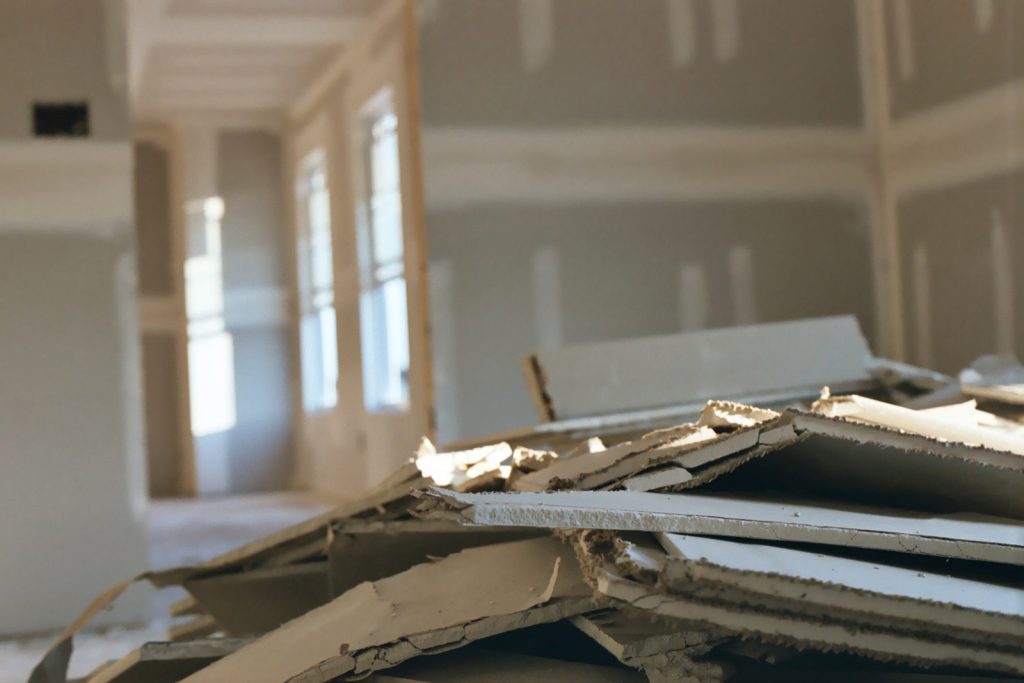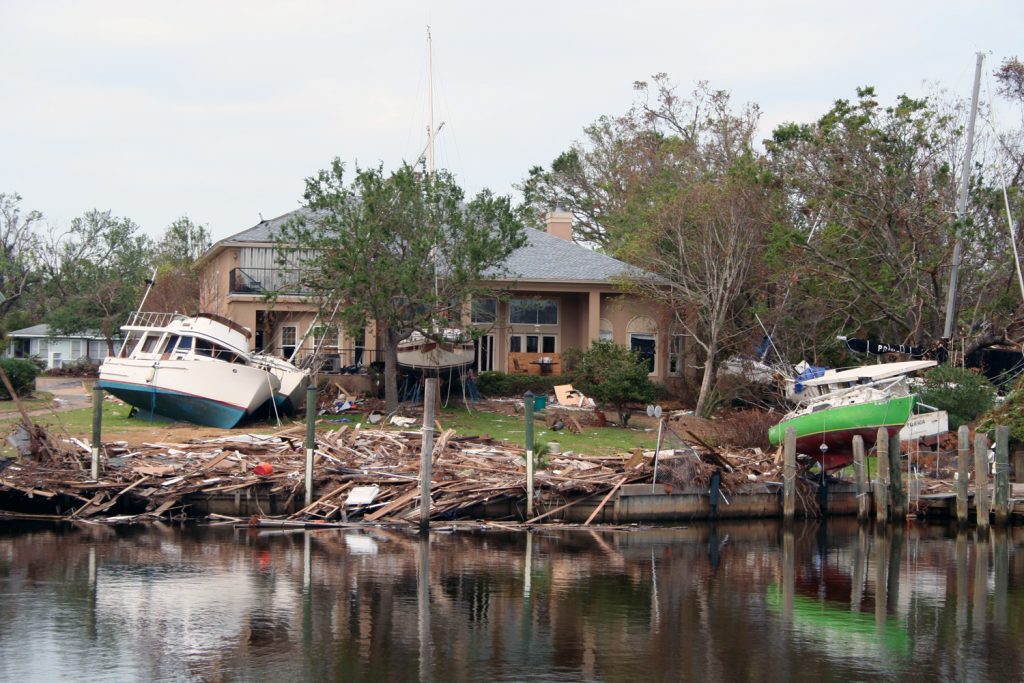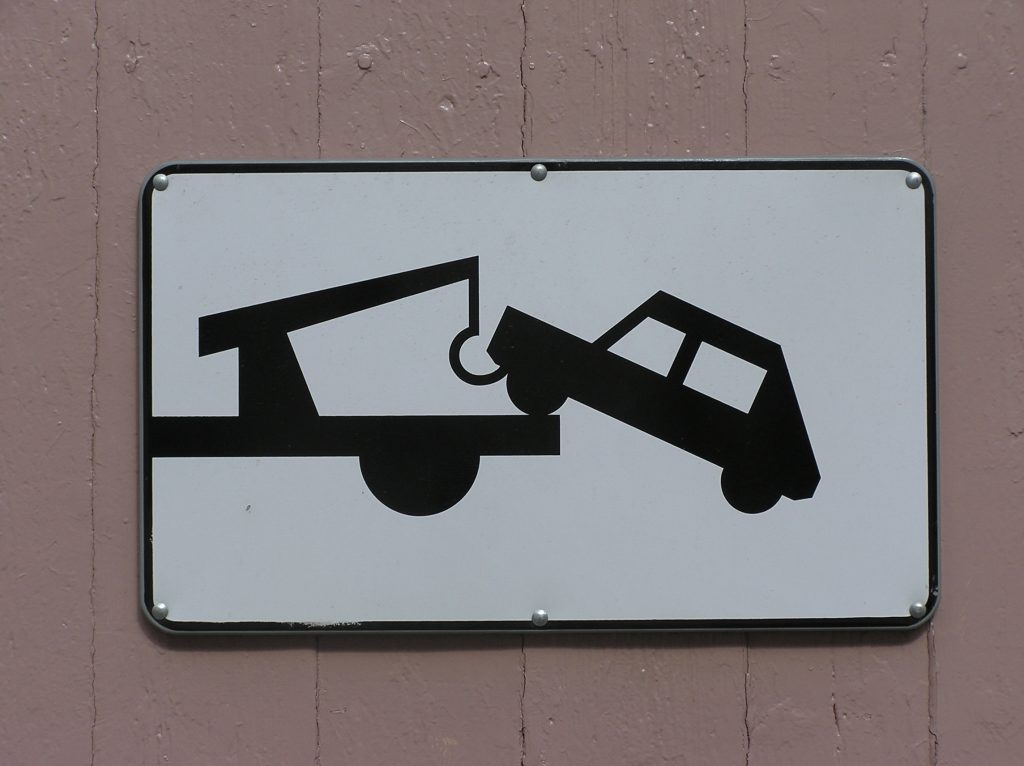 A report from the U.S. Department of Veterans Affairs (VA) medical centers shows that Tinnitus and hearing loss are the number one and two health conditions among military veterans. In 2017, almost two million Veterans were receiving disability compensation for tinnitus and over a million were receiving compensation for hearing loss. Recently a whistleblower lawsuit was settled that could shed some light on why so many of our Veterans are having hearing related issues even though they were supplied earplugs. While 3M did not admit any guilt in settling the lawsuit, many new lawsuits are being filed on behalf of the individual Veterans who have hearing loss or Tinnitus in order to seek compensation for 3M allegedly knowingly supplying faulty earplugs to the United States Government for use by members of the Armed Services.
A report from the U.S. Department of Veterans Affairs (VA) medical centers shows that Tinnitus and hearing loss are the number one and two health conditions among military veterans. In 2017, almost two million Veterans were receiving disability compensation for tinnitus and over a million were receiving compensation for hearing loss. Recently a whistleblower lawsuit was settled that could shed some light on why so many of our Veterans are having hearing related issues even though they were supplied earplugs. While 3M did not admit any guilt in settling the lawsuit, many new lawsuits are being filed on behalf of the individual Veterans who have hearing loss or Tinnitus in order to seek compensation for 3M allegedly knowingly supplying faulty earplugs to the United States Government for use by members of the Armed Services.
The Berniard Law Firm and Martzell, Bickford and Centola Law Firm have already taken steps to protect veterans that are suffering from hearing loss and/or tinnitus at the hands of the 3M Company. As a whistleblower lawsuit alleges in 2016, 3M dual-ended Combat Arms™ earplugs supplied to soldiers from 2003-2015 contained a dangerous design defect. The lawsuit alleges that when the earplug was used as it was intended to be used, the plug can become loose in the ear — thus leading to a failure in providing vital hearing protection. Moreover, this lawsuit alleges that 3M employees were aware of these dangerous defects as early as 2000, three years before 3M became the sole provider of earplugs to the United States military.
The lawsuits that have been filed by numerous law firms alleging that 3M knowingly sold faulty earplugs to the U.S. Department of Defense have all been consolidated in one centralized court by the Judicial Panel on Multidistrict Litigation. The Northern District of Florida has been selected as the transferee district, with Judge M. Casey Rodgers presiding over the centralized cases. This means that any case filed by an individual that alleges 3M caused them harm due to use of the dual-ended Combat Arms™ earplugs will be transferred to Judge Rodgers court where she will rule on issues related to the cases. The Judicial Panel on Multidistrict Litigation decided to consolidate all of the cases in Judge Rodger’s Court in order to eliminate duplicate discovery, to eliminate inconsistent pretrial rulings as well as to generally conserve the resources of all the parties involved include the judiciary. The Berniard Law Firm and Martzell, Bickford and Centola Law Firm are actively participating in these coordinated proceedings in Judge Rodger’s court and will continue to work on behalf of all the Plaintiffs with cases filed into the transferee district.
 Louisiana Personal Injury Lawyer Blog
Louisiana Personal Injury Lawyer Blog


 Attorneys are known for being way too expensive to the general public. Most people think that attorney’s charge an obscene amount for every little task that they do pertaining to a case, such as talking on the phone with their client or sending an email. However, unknown to most people attorneys are not allowed to charge fees that are excessive.
Attorneys are known for being way too expensive to the general public. Most people think that attorney’s charge an obscene amount for every little task that they do pertaining to a case, such as talking on the phone with their client or sending an email. However, unknown to most people attorneys are not allowed to charge fees that are excessive.  Waiting until the last minute to do almost anything is not recommended but it is especially true if you are seeking to bring a claim for damages. That is what some fishermen found out when they sought to bring claims under the Oil Pollution Act of 1990 (OPA) for damages that resulted from an oil spill. The oil spill came from a barge owned by American Commercial Airlines, LLC (ACL) that had been involved in a collision on the Mississippi River in the Port of New Orleans on July 23, 2008.
Waiting until the last minute to do almost anything is not recommended but it is especially true if you are seeking to bring a claim for damages. That is what some fishermen found out when they sought to bring claims under the Oil Pollution Act of 1990 (OPA) for damages that resulted from an oil spill. The oil spill came from a barge owned by American Commercial Airlines, LLC (ACL) that had been involved in a collision on the Mississippi River in the Port of New Orleans on July 23, 2008.  In the midst of a very active hurricane season, it is important to remember that Louisiana is no stranger to this type of inevitable damage. However, the dangers involved in disaster clean-up efforts are often forgotten, and far too often people who aid in these efforts aren’t compensated fairly when things turn awry. A recent lawsuit helped linemen who faced similar dangers recover for injuries they sustained during a disaster clean-up.
In the midst of a very active hurricane season, it is important to remember that Louisiana is no stranger to this type of inevitable damage. However, the dangers involved in disaster clean-up efforts are often forgotten, and far too often people who aid in these efforts aren’t compensated fairly when things turn awry. A recent lawsuit helped linemen who faced similar dangers recover for injuries they sustained during a disaster clean-up.  Do you know someone who owns a condo or a home? In some instances, the drywall used to construct the condo complex or home is built from Chinese-Manufactured Drywall. From 2005-2008 Chinese Drywall was imported into the U.S. and used in the construction of thousands of buildings. Strangely, residents who lived in those buildings began to notice corrosion of metal building components, failure of electrical wiring and in some cases, even physical ailments that ranged from skin irritation to respiratory problems. Ralph Mangiarelli was one the residents who suffered injuries but of a rather different kind.
Do you know someone who owns a condo or a home? In some instances, the drywall used to construct the condo complex or home is built from Chinese-Manufactured Drywall. From 2005-2008 Chinese Drywall was imported into the U.S. and used in the construction of thousands of buildings. Strangely, residents who lived in those buildings began to notice corrosion of metal building components, failure of electrical wiring and in some cases, even physical ailments that ranged from skin irritation to respiratory problems. Ralph Mangiarelli was one the residents who suffered injuries but of a rather different kind.  The government owes a duty to its citizens to serve their best interests. But what happens when the government breaches that duty? Can we, as citizens, sue our government for perceived wrongs it has committed? Can we recover damages? This is an especially critical issue when it comes to a government’s responsibility to its citizens in times of natural disasters, as illustrated by the following case.
The government owes a duty to its citizens to serve their best interests. But what happens when the government breaches that duty? Can we, as citizens, sue our government for perceived wrongs it has committed? Can we recover damages? This is an especially critical issue when it comes to a government’s responsibility to its citizens in times of natural disasters, as illustrated by the following case.  Res Judicata, also known as claim preclusion, is a Latin term that literally means “for a matter judged.” In the legal system, res judicata is a doctrine that prohibits a second lawsuit from being filed for a matter that has already been judged or decided on the merits. Once parties to a lawsuit have had the opportunity to be heard by the court and the court rules on the claims asserted in the lawsuit, those parties are generally not ever again allowed to bring a lawsuit against the same parties for the same claims that arose from the same transaction or occurrence.
Res Judicata, also known as claim preclusion, is a Latin term that literally means “for a matter judged.” In the legal system, res judicata is a doctrine that prohibits a second lawsuit from being filed for a matter that has already been judged or decided on the merits. Once parties to a lawsuit have had the opportunity to be heard by the court and the court rules on the claims asserted in the lawsuit, those parties are generally not ever again allowed to bring a lawsuit against the same parties for the same claims that arose from the same transaction or occurrence.  The difficulties of certifying a class for a class action lawsuit were highlighted in a case in which an Orleans Parish resident, Michelle Albe, disputed a speeding ticket imposed by the City of New Orleans Automated Traffic Enforcement System (“ATES”). Ms. Albe’s challenge was based on the wording of a delinquency notice she received, which contained the threat of ‘possible jail time’. Ms. Albe sought to include all recipients of the delinquency notice in a class action.
The difficulties of certifying a class for a class action lawsuit were highlighted in a case in which an Orleans Parish resident, Michelle Albe, disputed a speeding ticket imposed by the City of New Orleans Automated Traffic Enforcement System (“ATES”). Ms. Albe’s challenge was based on the wording of a delinquency notice she received, which contained the threat of ‘possible jail time’. Ms. Albe sought to include all recipients of the delinquency notice in a class action.  Class action lawsuits are nontraditional litigation procedures. The ultimate purpose is to not only get relief for a defined class of persons but also a relief for all others similarly situated. See
Class action lawsuits are nontraditional litigation procedures. The ultimate purpose is to not only get relief for a defined class of persons but also a relief for all others similarly situated. See  If you are the victim of a tort, sometimes the damages can have lasting effects. For example, a toxic chemical spill can have negative health effects on anyone drinking contaminated water far beyond the time and date of the actual spill. There is a legal doctrine called continuing tort theory that can provide some relief in such a case. However, some Fisherville neighborhood residents in Lake Charles, Louisiana recently discovered in their negligence suit against Union Pacific Corporation (“Union Pacific”) that continuing tort theory does not apply to injuries suffered from a past accident where reasonable remedial efforts have been made. The Louisiana Third Circuit Court of Appeal affirmed the Trial Court’s decision to grant Union Pacific’s motion for partial summary judgment, thereby dismissing the case.
If you are the victim of a tort, sometimes the damages can have lasting effects. For example, a toxic chemical spill can have negative health effects on anyone drinking contaminated water far beyond the time and date of the actual spill. There is a legal doctrine called continuing tort theory that can provide some relief in such a case. However, some Fisherville neighborhood residents in Lake Charles, Louisiana recently discovered in their negligence suit against Union Pacific Corporation (“Union Pacific”) that continuing tort theory does not apply to injuries suffered from a past accident where reasonable remedial efforts have been made. The Louisiana Third Circuit Court of Appeal affirmed the Trial Court’s decision to grant Union Pacific’s motion for partial summary judgment, thereby dismissing the case.